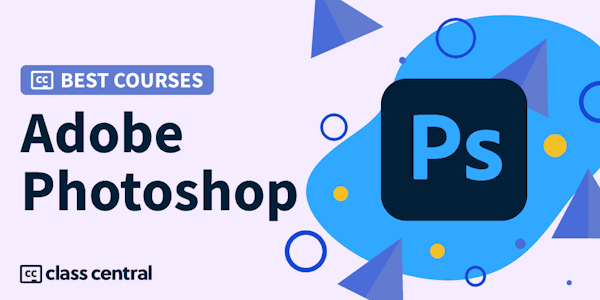Learn everything you need to know about Adobe Photoshop CC, in the order you need to know it, in a top-to-bottom overview of this powerful image editing software.
Learn everything you need to know about Photoshop, in the order you need to know it, in this top-to-bottom overview of the world's most powerful image editing software, Adobe Photoshop. With all new movies and all new exercise files, Deke McClelland's flagship One-on-One series is completely refreshed for Photoshop CC 2015. In this Fundamentals installment, the first of three, Deke takes you on a personalized tour of the basic tools and techniques that lie behind great images and graphic design, while keeping you up to speed with the newest features offered in Creative Cloud.
Learn to open images from multiple sources, crop and straighten images, navigate panels and menus, and work with layersâthe feature that allows you to mask parts of an image, combine effects, and composite artwork. Deke shows you how to perform important editing tasks, adjusting brightness and contrast, correcting color, and retouching and healing portraits. He also reviews formatting text, printing, and preparing web graphics in Photoshop.
Check back every time Photoshop updates for new movies, new feature reviews, and new ways to work.
Learn everything you need to know about Photoshop, in the order you need to know it, in this top-to-bottom overview of the world's most powerful image editing software, Adobe Photoshop. With all new movies and all new exercise files, Deke McClelland's flagship One-on-One series is completely refreshed for Photoshop CC 2015. In this Fundamentals installment, the first of three, Deke takes you on a personalized tour of the basic tools and techniques that lie behind great images and graphic design, while keeping you up to speed with the newest features offered in Creative Cloud.
Learn to open images from multiple sources, crop and straighten images, navigate panels and menus, and work with layersâthe feature that allows you to mask parts of an image, combine effects, and composite artwork. Deke shows you how to perform important editing tasks, adjusting brightness and contrast, correcting color, and retouching and healing portraits. He also reviews formatting text, printing, and preparing web graphics in Photoshop.
Check back every time Photoshop updates for new movies, new feature reviews, and new ways to work.


